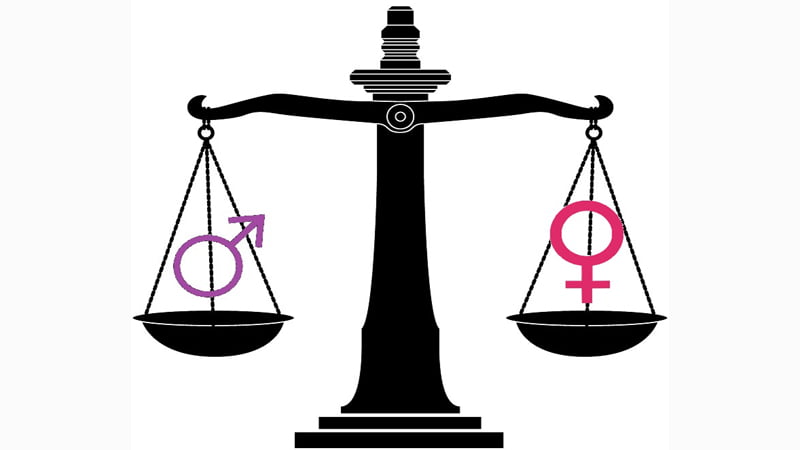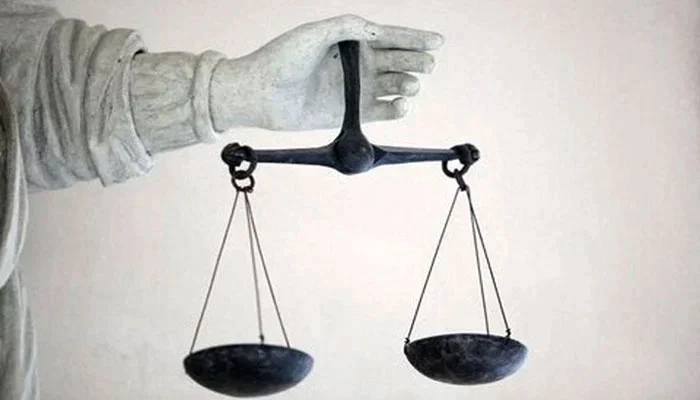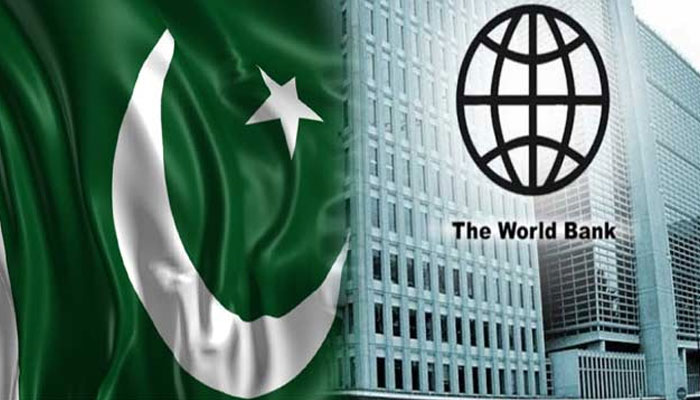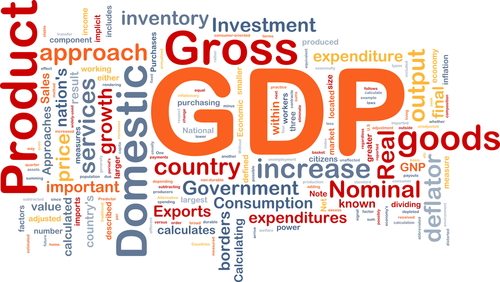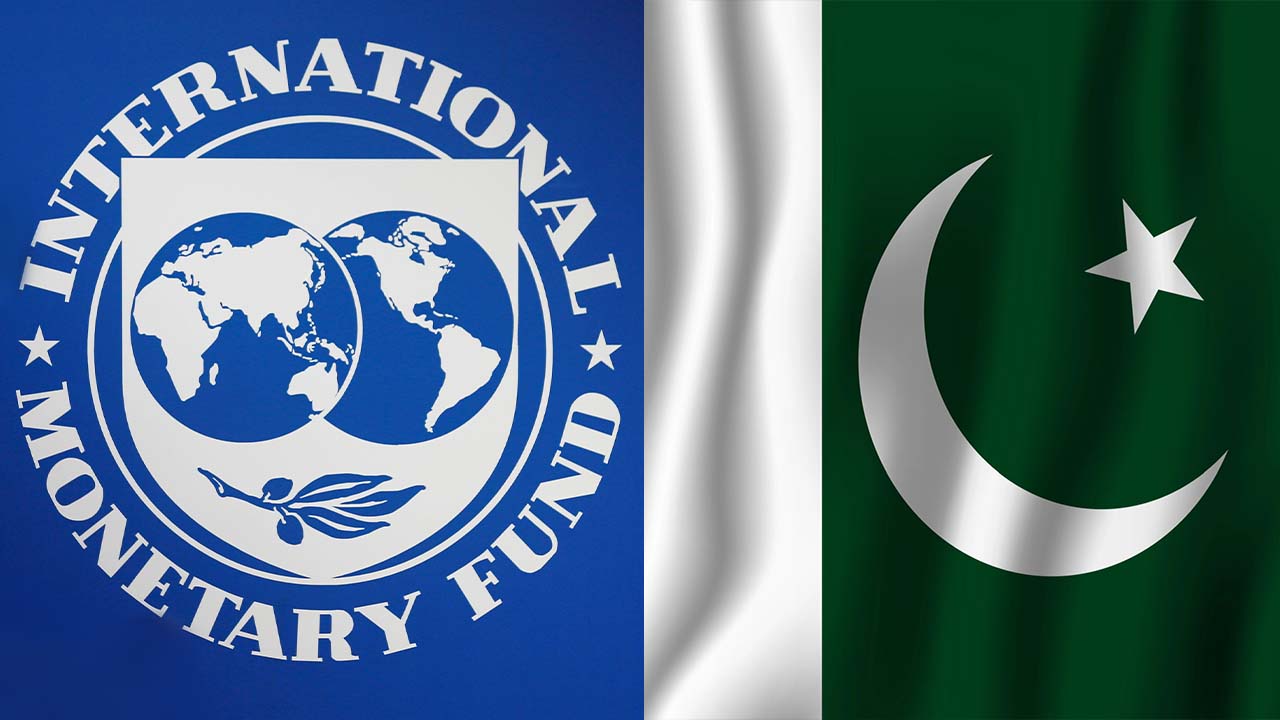Dr Rizwana Khan
Women’s political participation has significantly evolved over the centuries, influenced by social movements, legal reforms, and shifting cultural norms. Despite historical underrepresentation, progress has been made in many countries, marking a transformative journey for women in governance and decision-making processes.
In early democracies such as ancient Greece and Rome, women were excluded from voting, leadership, and civic roles, with political participation limited to men. Even in instances where women held influential positions through royal or religious roles, formal representation in politics was virtually non-existent. Similarly, in medieval Europe and other feudal societies, women were largely confined to private roles, with their involvement in governance often tied to familial connections rather than democratic principles.
The Enlightenment era gave rise to modern democratic ideas, yet women were systematically excluded from the political sphere. Movements for democracy and liberty in the West, including the American and French revolutions, championed equality and rights for citizens but did not extend these rights to women.
The 19th century witnessed organized campaigns for women’s political rights, particularly in Europe and North America. The demand for women’s suffrage gained momentum, marking a pivotal moment in the fight for political representation. The second-wave feminism movement of the 1960s to 1980s focused not only on legal equality but also on issues such as workplace discrimination, reproductive rights, and political representation, renewing attention to women’s underrepresentation in political institutions.
By the late 20th century, many countries began implementing measures to increase women’s participation in politics. Gender quotas, voluntary or mandated by law, emerged as a significant tool in achieving greater female representation in parliaments and local governments.
In recent decades, numerous countries have made significant strides toward gender parity in politics. For example, Rwanda, with its mandatory quotas, has seen women hold over 60 percent of parliamentary seats. Despite the progress, women are still underrepresented in political leadership and decision-making roles globally.
Nordic countries like Iceland, Finland, Norway, Sweden, and Denmark lead in women’s political representation, with women making up around 40-50 percent of parliamentary seats. Sub-Saharan Africa has seen significant strides in countries like Rwanda and South Africa, while progress varies in other nations. Latin American countries such as Bolivia, Mexico, Nicaragua, and Costa Rica have made notable progress, largely due to gender quotas. The Middle East and North Africa remain challenging regions for women’s political participation, with incremental progress in countries like Tunisia and Morocco. In Asia and the Pacific, countries like New Zealand and the Philippines have relatively high levels of female political participation. Other countries, such as India and Bangladesh, have also seen significant increases in women’s political representation in recent years.
Women are increasingly prominent in global movements related to climate change, social justice, and human rights. They are advocating for gender-responsive policies and striving for gender parity in the digital age. Their active participation in these movements underscores the need for their representation in political decision-making. However, ongoing issues such as violence, discrimination, and cultural biases continue to limit women’s full participation in politics.
Challenges in Women’s Political Participation:
Patriarchal societies often dictate that women’s primary roles are in the home, discouraging their involvement in public or political life. Traditional views about gender roles prioritize men as leaders, while women are expected to focus on family and caregiving responsibilities, leading to fewer opportunities for women in politics.
Women in politics frequently face gender-based violence, harassment, and intimidation, both in physical and online spaces. The purpose of such violence is often to silence and disempower women, discouraging their political participation.
Voting disparities, especially in rural or conservative areas, and the limited representation of women in critical policy issues continue to pose challenges to women’s full participation in political life.
In conclusion, while significant progress has been made in women’s political participation, deep-rooted challenges such as cultural attitudes, structural barriers, and economic inequality persist. It is essential to continue advocating for reforms, stronger enforcement of quotas, and most importantly, cultural shifts to ensure women’s equitable participation in democratic governance worldwide.



